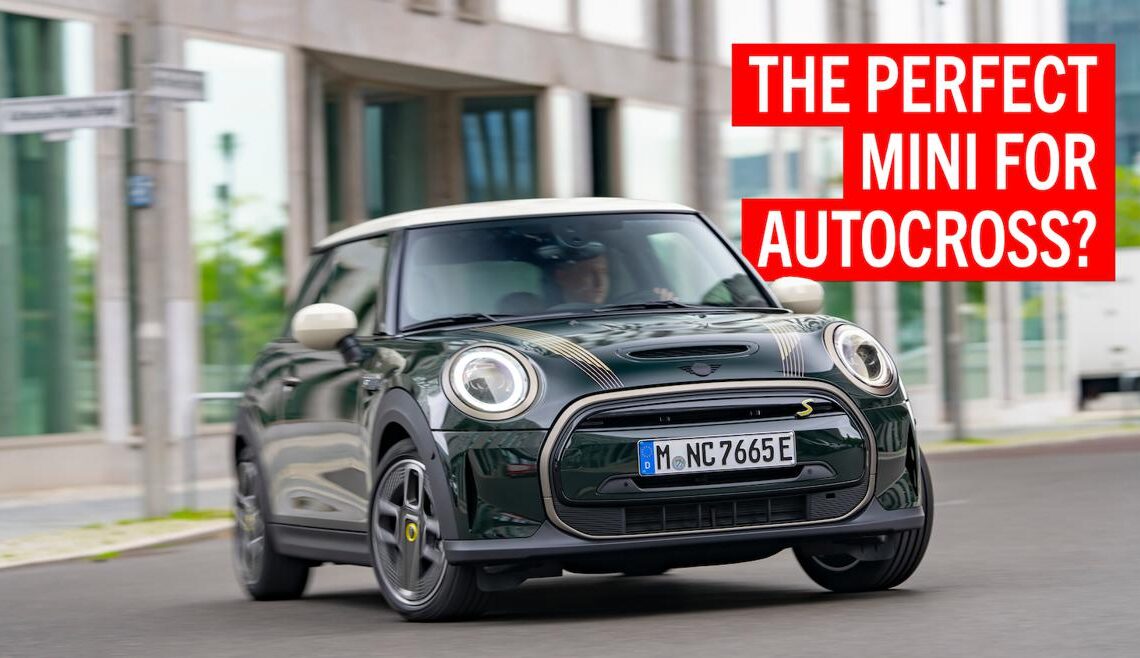Say, have you noticed those gasoline prices lately?
You haven’t?
Then you must be reading this magazine at your dentist’s office. Research suggests the vast majority of our readers drive and thus must have noticed gasoline prices–even if it’s for their own amusement. And those amused people would be electric car drivers.
Not that there’s anything wrong with that. It’s entirely logical that when the first number on a gallon-of-gas sign at your local station nudges toward a 5, you’d turn to the only ready escape from petroleum.
Here’s a possible alternative: the two-door Mini Cooper SE Hardtop, which hasn’t undergone a price increase since it was introduced as a 2020 model at $29,900 plus $850 for shipping. And that’s before the federal tax credit of $7500 and any state credits that might apply. That puts the price close to the base Mini, which costs $23,400, up $500 for the 2023 model year.
The additional savings, per the company’s math before the recent gas spike, compares the SE with a Cooper S sporting the 2.0-liter four-cylinder engine, rated at 30 mpg combined. Based on 10,000 miles driven each year, with premium gas at a you-wish $3.30 a gallon and electricity at 15 cents per kilowatt, you could save $1850 over a three-year period. You can adjust that with your own math at whatever premium gas costs when you’re reading this. Likely it’s north of $3.30.
There are a couple of downsides with this electric car. One, of course, is that the SE has to be plugged in, and if you’re an apartment dweller that may be an issue. The other is that after you plug it in, you can expect only 110 miles of range from its 28.9 kWh battery–definitely on the low end for inexpensive electric cars.
The Nissan Leaf, the only electric car less expensive than the Cooper SE with a starting price of $27,400–or $28,425 with shipping–advertises a 149-mile range with the standard 40 kWh battery, or 226 miles with the…
Click Here to Read the Full Original Article at Grassroots Motorsports Online Articles…

